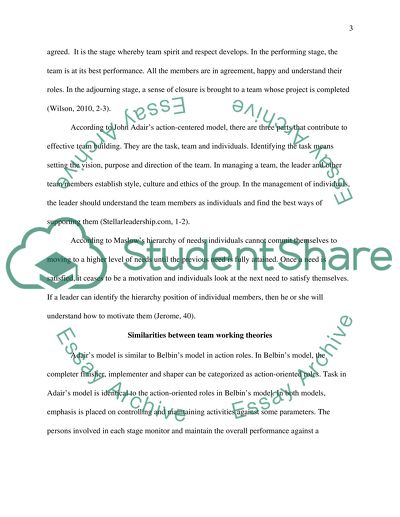Cite this document
(“Team working theories Essay Example | Topics and Well Written Essays - 1500 words”, n.d.)
Retrieved from https://studentshare.org/human-resources/1654274-brief-and-guidance-evaluating-team-theories
Retrieved from https://studentshare.org/human-resources/1654274-brief-and-guidance-evaluating-team-theories
(Team Working Theories Essay Example | Topics and Well Written Essays - 1500 Words)
https://studentshare.org/human-resources/1654274-brief-and-guidance-evaluating-team-theories.
https://studentshare.org/human-resources/1654274-brief-and-guidance-evaluating-team-theories.
“Team Working Theories Essay Example | Topics and Well Written Essays - 1500 Words”, n.d. https://studentshare.org/human-resources/1654274-brief-and-guidance-evaluating-team-theories.


